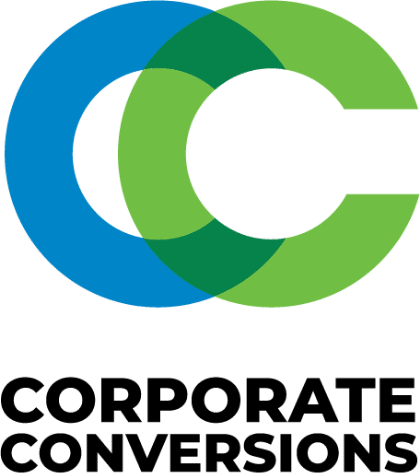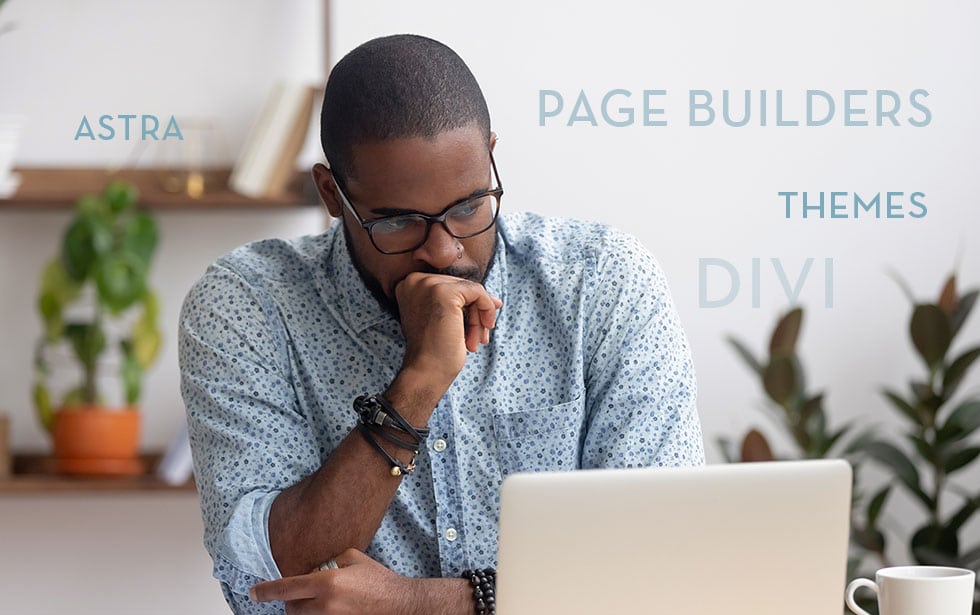Though the web has only recently celebrated its 30th birthday, designers and developers have seen a number of revivals in terms of web page construction and maintenance. For the curious or nostalgic, here’s a quick timeline of milestones in the life of web design:
Early 1990’s
The first publishing language of the Web was introduced: Hypertext Markup Language, or HTML These early pages were very basic, text-heavy, and – one could argue – not very graphically engaging. Users navigated the web through blue, underlined links. Soon after, tabular design was developed, allowing a bit more variation.
Late 1990’s
Flash made its first appearance… and the Web gets a little more exciting with a “multimedia” approach. Motion, music, and video provided new levels of engagement and interactivity.
Soon after, Cascading Style Sheets emerged. CSS offered more flexibility in presentation, providing the ability to define styles across multiple web pages – keeping web site content and design elements separate.
2003
Welcome, WordPress – an open source content management system based on PHP and My SQL technology. WordPress further boosted flexibility in design and development (along with a slew of plugins for functionality), and required less knowledge of code for page layouts.
2010
Responsive web design came into play, allowing web pages to look their best regardless of resolution or display size, and on different devices from laptop to mobile phone.
Fast forward to today…
Web designers and developers have, at their fingertips, a variety of WordPress themes and page builders. These offer an intuitive way to design engaging web pages. Both offer drag-and-drop functionality, allow for plugins, and are built with responsiveness and mobile behavior in mind. So, what’s the difference between these two approaches, and which is appropriate for different circumstances?
Themes… No Muss, No Fuss
A theme is a series of templates from which to start a web design. Each template is part of a cohesive design system, but serves a different content function. For example, each theme has a unique look and feel that has been applied to all its content templates. So, you’ll have a consistent design experience (header, footer, color scheme, etc.) applied to all page types (photo galleries, forms, testimonials, etc.). Themes are a great choice if your site doesn’t require original design, and needs minimal customization (essentially adding your logo, content, and images). There are thousands available and all can easily be installed and activated on your WordPress site. Warning: be wary of support and maintenance by theme developers if your site is in it for the long haul.
Page Builders… The Sky’s the Limit
Page builders allow the flexibility to create your own design system from the ground up. Although you must have a base theme (like Astra or Divi) installed on your WordPress site, the page builder offers complete control in customization of the design elements on your site. The sky is really the limit as you’ll have full control over the design of every page type – from the simple things like headers and footers, to blog layouts, and even custom e-commerce designs. There’s a steeper learning curve with page builders, but the tradeoff is the freedom of flexible design.
Curious as to which approach might be best for your website? Contact Tom at Corporate Conversions today for a free consultation and website analysis.


